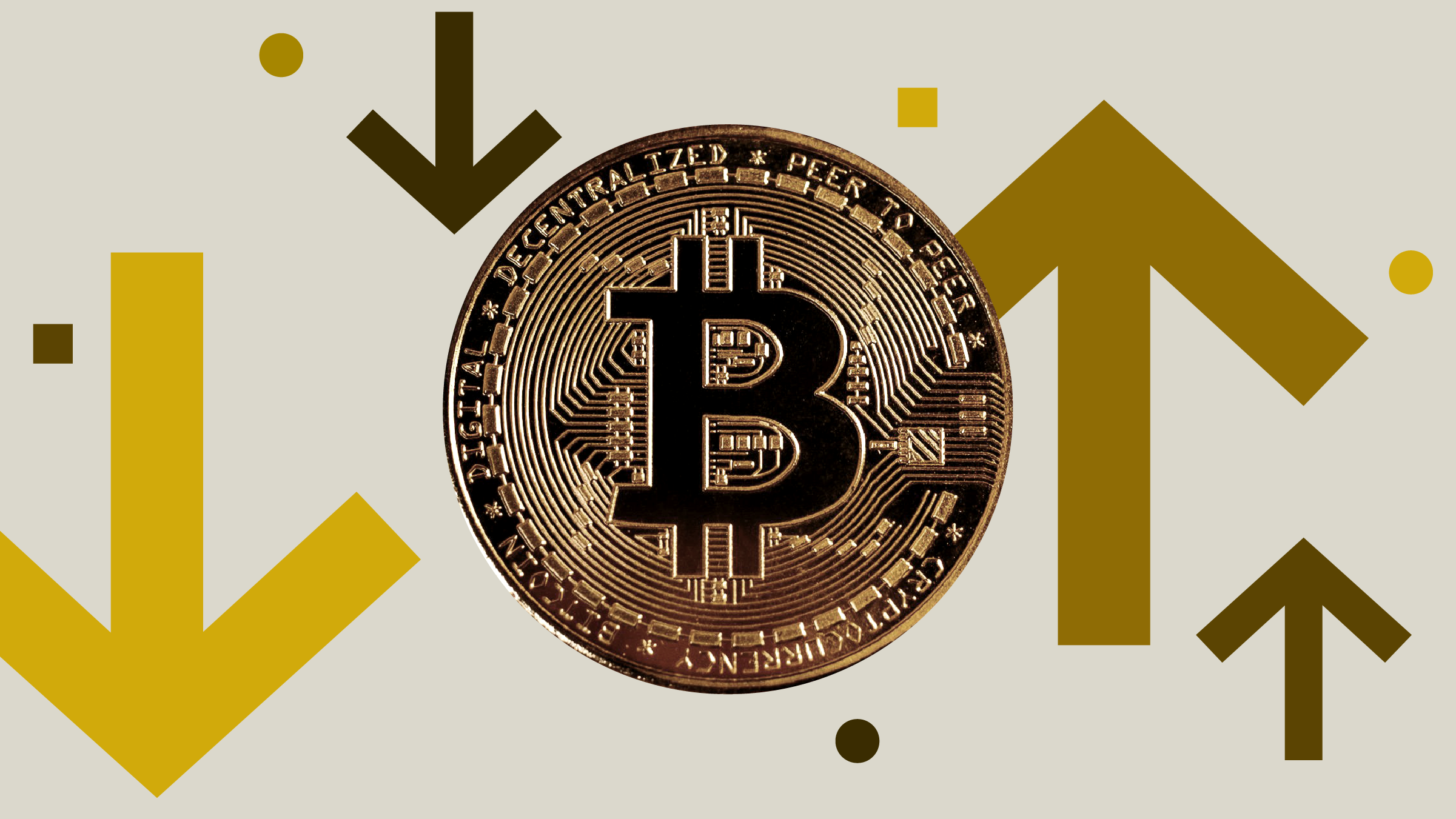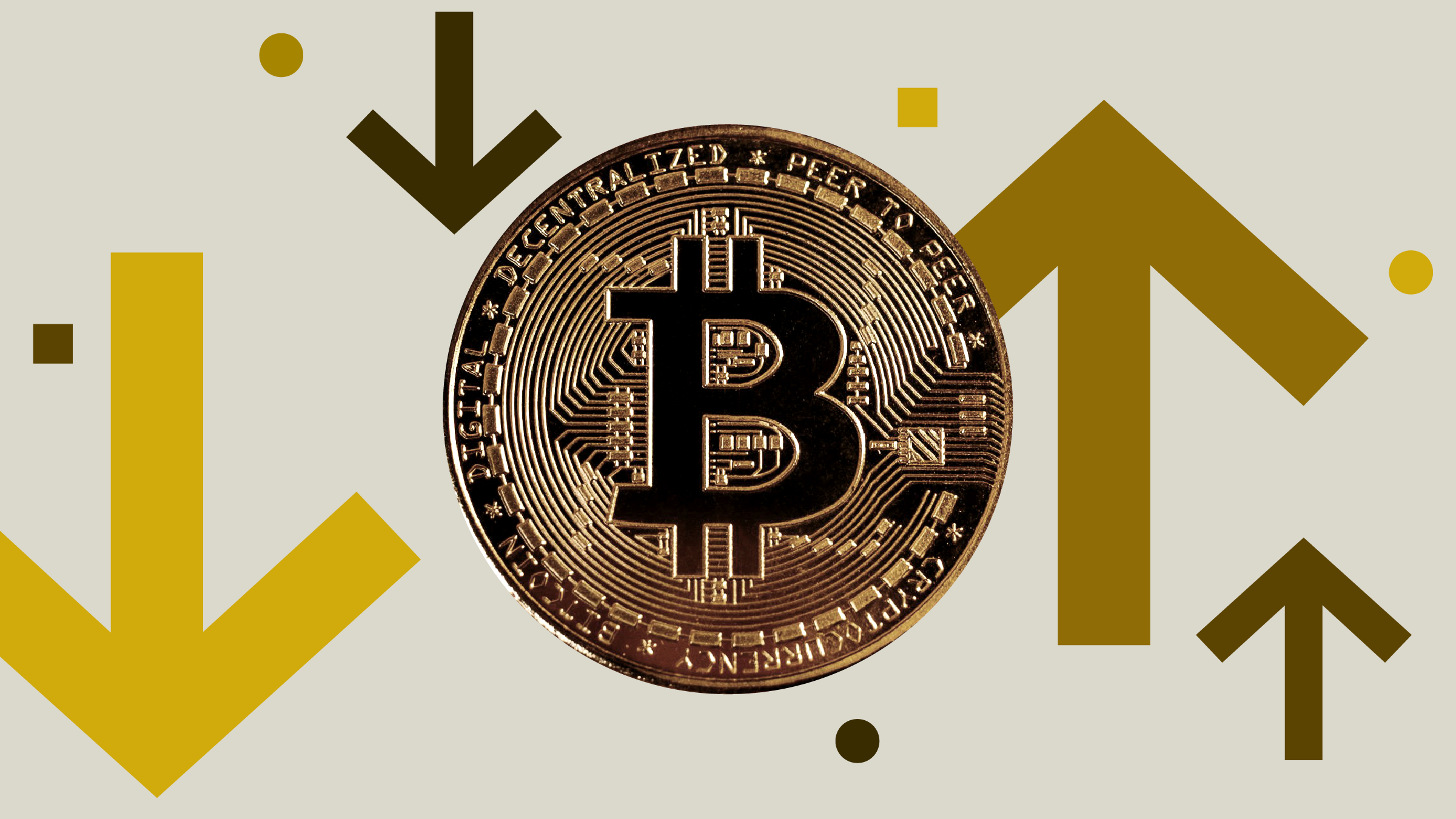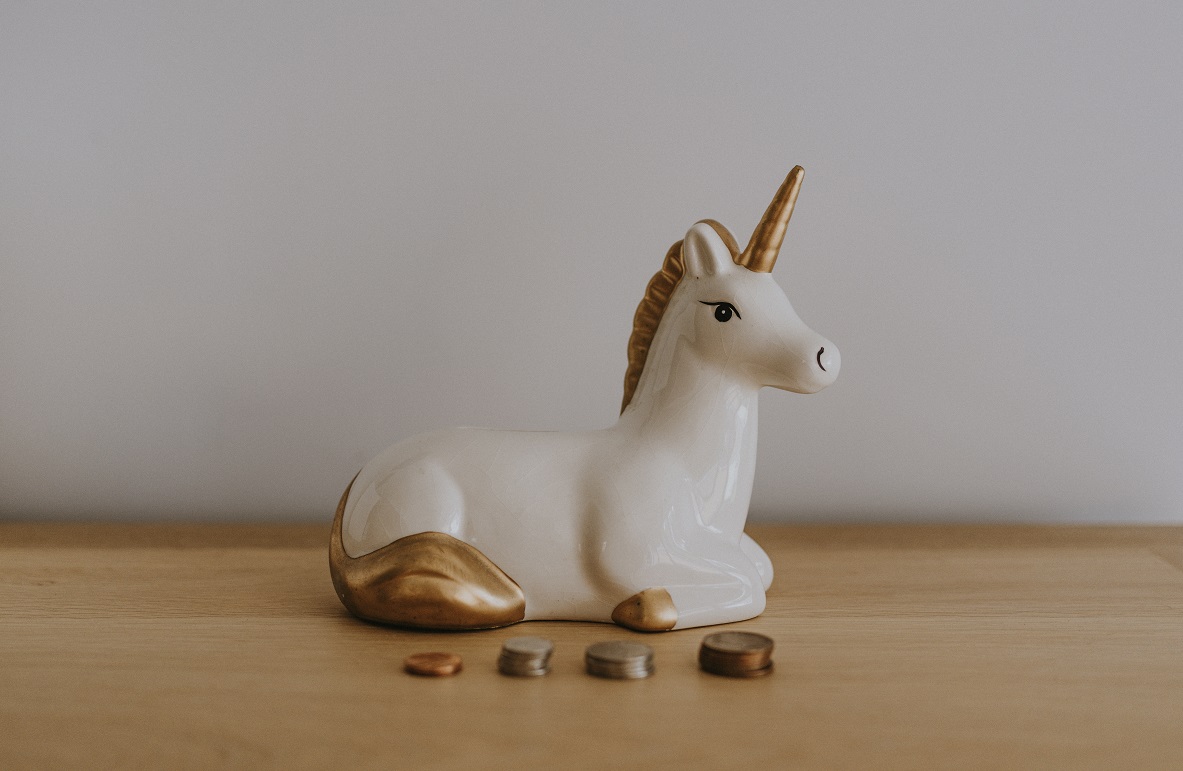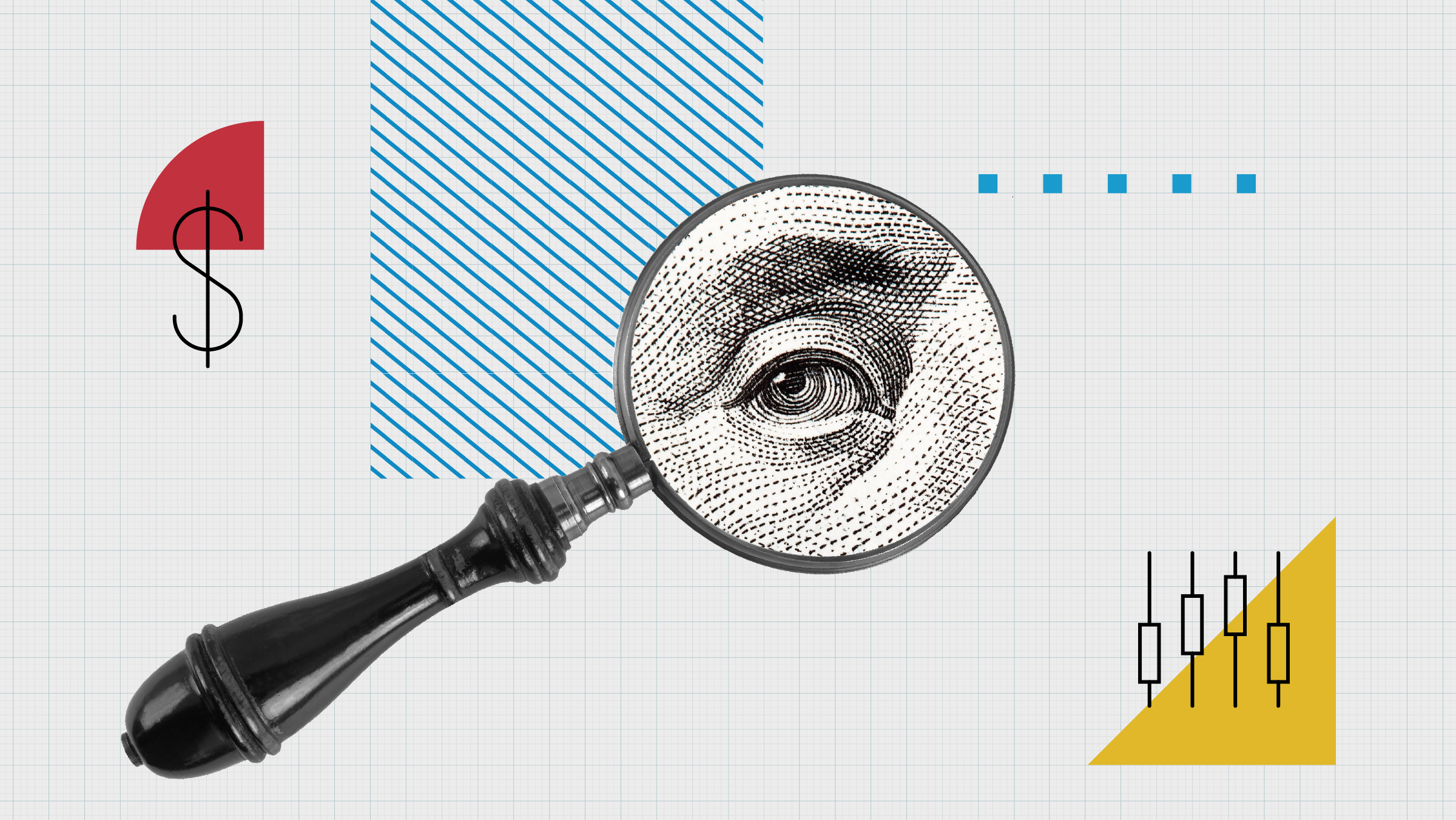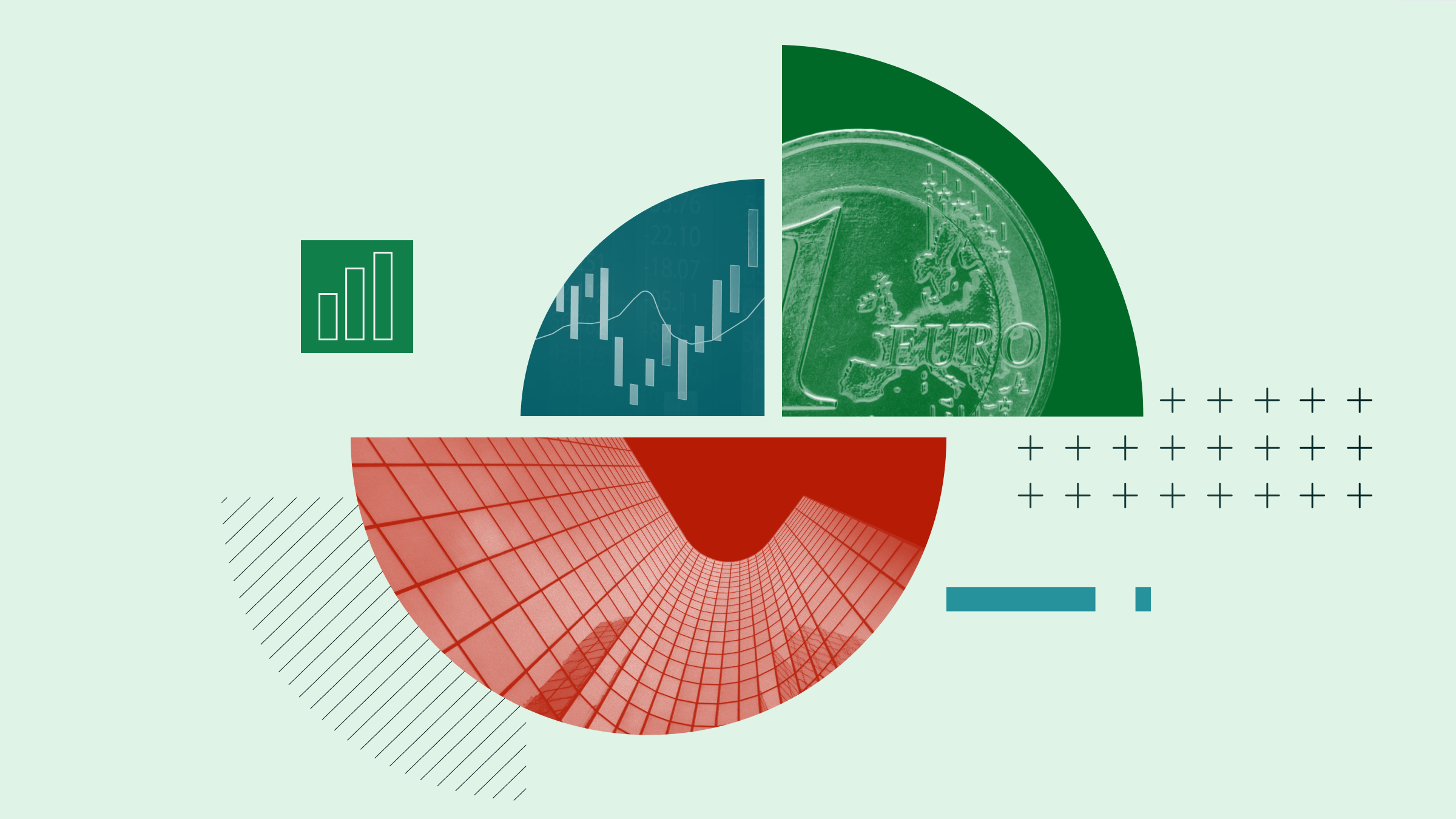Straight Man
Back in the day, one Soviet woman saw another standing in a long line, snaked across two blocks. "Come, I saved you a spot," said the second. "What's in the store?" asked the first. "I don't know, but everybody seems to want it, so it must be worth the wait," responded the woman in line.
For the same reason have speculators purchased cryptocurrency. Bitcoin became desirable because people wished to buy it, and even more desirable when its price soared. The popular basis for owning cryptocurrency has been, quite simply, because today's quotes will be higher tomorrow.
This column will attempt something different by assessing cryptocurrency's role in a conventional long-term portfolio. In addition to the centerpiece assets of stocks and bonds, investors increasingly hold alternatives, either with the hopes of boosting returns or protecting against risk. (The greedy seek both.) What place, if any, should cryptocurrency have in the "explore" portion of a portfolio?
Cash Is King
The first question of an investment is what cash it distributes. The safest, among the most easily evaluated, are those that make regular payments. Atop the list are 1) bank accounts and debt issued by creditworthy organizations; then 2) assets such as dividend-paying stocks, junk bonds, and rental property that also carry yields but are less certain to meet their obligations; then 3) securities that pay no cash today but may do so in the future. Finally, at the bottom, are 4) issues that will never disburse cash.
A sharp line divides the first two groups from the next two. When buying other people's properties--his own company's stock being another matter--Warren Buffett is delighted to own categories 1 and 2, is leery of 3, and won't touch 4. In a similar vein, investment analysis traditionally applies only to income-generating securities. No payments, no calculations. (That approach is loosened for the stocks of firms that do not pay dividends, by using their free cash flows.)
Cryptocurrency, obviously, places in group 4. As with copper ingots, seashells, peacock feathers, and gold before it, cryptocurrency is a medium of exchange, rather than something that creates wealth on its own. It can be used to purchase cash--but it does not earn it. Try as you wish, your bitcoin receipt won't trigger dividend checks, any more than will a sheaf of peacock feathers or a mountain's worth of copper.
Assessing cryptocurrencies by calculating the value of their future payments is therefore a dead end. If cyber coins can be appraised, even tentatively, another approach must be found.
Modern Gold?
That cryptocurrencies do not generate cash does not mean that they lack worth. Seashells and peacock feathers don't go very far these days, but throughout history and across societies, gold has reliably been prized. So, too, have been rare gems.
In some cases, those items have practical applications. For example, about 10% of annual demand for gold is directed toward industrial and medical needs. These mundane uses, however, have only a small effect on those commodities' prices. Their value comes predominantly from pleasing people visually, or from serving as a form of currency.
While cryptocurrencies boast no beauty, they have significant industrial value. Many people, for many business reasons (including, yes, avoiding law enforcement), prefer that their financial affairs remain confidential. Cryptocurrencies meet their needs very well. Others prefer not to use conventional currencies on personal grounds, because they mistrust federal governments. (The "Live Free or Die" state is rife with bitcoin dispensers.)
The motivations are unimportant; the point is that if cryptocurrencies did not exist, somebody would surely invent them. They meet a demand, which puts a floor on their prices. If cryptocurrencies continue to function properly, so that neither technological changes nor government regulations invade their privacy, they in aggregate will be worth far more than zero.
Infinite Mines
The catch is the term "in aggregate." Cryptocurrency vendors can control their own supply, but they cannot prevent competitors from entering the business. There is no theoretical limit to how much cryptocurrency may be mined, and seemingly not much of a practical limit, either. CoinMarketCap, a crypto tracker, lists 2,103 currencies on its website. Anybody can enter this industry.
That makes calculating cryptocurrency prices based on usage--as opposed to speculation--extremely difficult, if not impossible. Even if somebody could accurately measure aggregate customer demand, which has not been done and which will not be happening anytime soon, the supply of cryptocurrency is highly fluid. And the danger is real. From 1500 through 1800, the price of gold in British pounds declined by 80%, largely because of increased supply from the New World.
Closing Statement
In many respects, cryptocurrency resembles gold bullion. It doesn't throw off cash; it carries properties that many find valuable; and its supply is affected by the development of new mines. Gold has the edge of being both tangible and attractive; cryptocurrency earrings will not be surfacing in jewelry stores any time soon. In addition, its supply is relatively fixed. However, cryptocurrencies have compensation, in that people wish to use them. They fill a commercial role.
And both gold and cryptocurrencies have major investment advantages over competing tangible assets--collectibles such as art or vintage wine. Gold (through exchange-traded funds) and cryptocurrencies can easily be traded, with very low commissions. Their rivals, of course, boast neither attribute. They can be disposed of only with difficulty, and at a high cost. (When forced into a divorce-related sale, my father received 50 cents on the investment dollar for his stamp collection.)
In summary, making the investment case for cryptocurrencies is as hazardous as doing so for gold. The good news is that the cryptocurrencies will likely behave differently than both stocks and bonds, thereby delivering diversification, and that it will do while being far easier to trade that most tangible assets. They also will grow their share of the overall currency market. The problem is supply. When it comes to total returns on an investment, there can indeed be too much of a good thing.
John Rekenthaler has been researching the fund industry since 1988. He is now a columnist for Morningstar.com and a member of Morningstar's investment research department. John is quick to point out that while Morningstar typically agrees with the views of the Rekenthaler Report, his views are his own.






